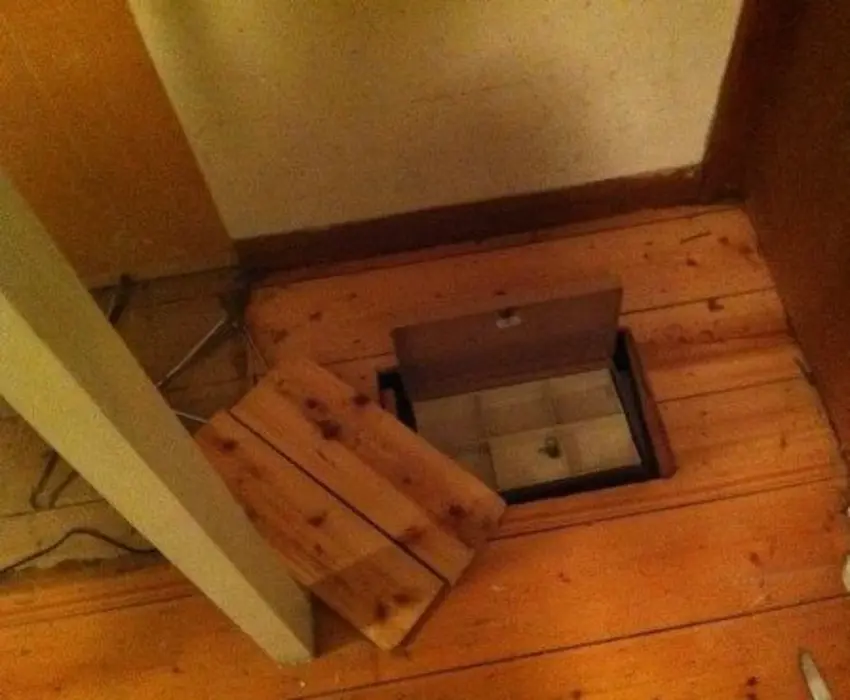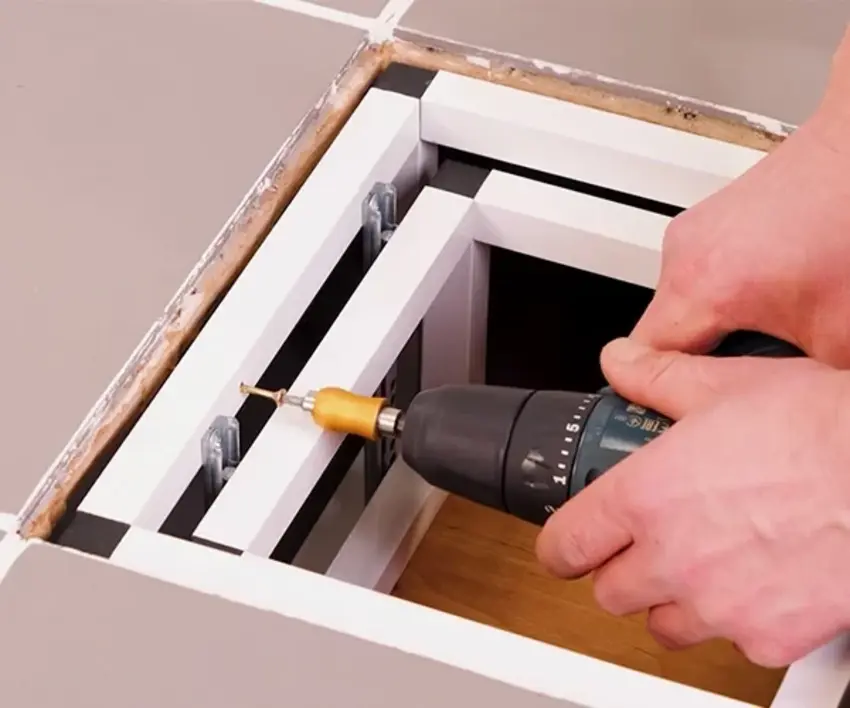Hiding a safe on the floor can protect your valuables while keeping them out of sight. By understanding the reasons behind this choice, exploring different types of safes, and considering key factors before installation, you set yourself up for success. Following a step-by-step guide ensures that your safe is both secure and discreet.
Creative ideas for disguising your floor safe can add a layer of security and blend seamlessly into your home environment. Incorporating things like rugs or furniture can mask its presence effectively. Also, remember safety precautions during installation and routine maintenance checks.
A hidden floor safe not only provides peace of mind but also adds an element of cleverness to home security measures. Being strategic about where and how you hide it enhances protection against theft while allowing easy access when needed. That combination makes having a concealed floor safe a smart addition for anyone looking to safeguard their treasures.
Why do people hide safes on the floor?

People hide safes on the floor for various reasons, primarily regarding security and convenience. A floor safe offers an added layer of protection against theft. When hidden beneath the surface, it becomes less visible to intruders.
Discreteness is another significant factor. Floor safes can blend seamlessly into a room’s design, making them difficult to detect. This low profile allows homeowners to keep their valuables out of sight while maintaining a neat appearance.
Accessibility plays a role as well. Unlike wall-mounted or freestanding options, floor safes are often easier to reach in emergencies. They provide quick access without compromising safety measures.
Many individuals also choose this option due to space constraints. Existing flooring can maximize storage potential in smaller homes or apartments without sacrificing valuable living areas.
Types of floor safes
When it comes to floor safes, variety is key. It is important to note that each type has its own purpose and caters to a different audience.
Burglary-resistant safes are made of reinforced steel and can withstand significant force, making them ideal for protecting valuables from theft.
Fireproof floor safes provide an additional layer of security against fire damage. These models often have insulation that can endure high temperatures for extended periods.
Some homeowners also opt for waterproof options. These are perfect if you live in flood-prone areas or want extra protection from water damage.
There are also hidden compartment safes, which blend seamlessly into your home decor.
Factors to consider before installing a floor-safe

Before installing a floor safe, think about its location. Choose an area that is discreet yet accessible. This ensures you can retrieve items easily while keeping them hidden from prying eyes.
The size and weight of the safe are also important. Heavy safes require reinforcement of the floor or braces for stability. Make sure your flooring can support this added load without compromising integrity.
Evaluate local regulations regarding home security devices. Some neighborhoods have guidelines that dictate how and where safes may be installed.
Step-by-step guide on how to hide a safe on the floor
Begin by selecting the ideal location for your floor safe. Look for a spot that is discreet yet accessible, such as under a rug or in an inconspicuous corner of a room.
Next, measure the dimensions of your safe. This step ensures you choose the right size hole to dig, preventing any unnecessary adjustments later.
Once you’ve marked your spot, carefully cut into the flooring if needed. Use tools appropriate for your flooring type, carpet, tile, or hardwood to avoid damage.
Position the safe securely in place. Ensure it’s level and stable so that nothing feels out of place when you cover it up.
Creative ideas for disguising a floor safe
Disguising a floor safe can be both fun and functional. One popular idea is to cover it with an area rug that blends seamlessly with your décor. Choose patterns or colors that match the surrounding furniture, making it nearly invisible.
Another clever trick involves using furniture. A heavy bookshelf or cabinet strategically placed over the safe can conceal its presence while providing additional storage space.
Incorporating potted plants is also a good idea. Large planters can obscure the entrance of a floor safe, adding greenery to your home without drawing attention.
Consider creating a decorative panel that mimics artwork for those who love art. Mount this on hinges for easy access while keeping your valuables hidden from sight.
You might use a trapdoor disguised as part of the flooring itself, an elegant touch that adds intrigue and sophistication to any room.
Safety precautions and maintenance tips for a hidden floor safe
When hiding a floor safe, prioritize security. Ensure it’s bolted down to prevent theft or tampering. A well-anchored safe is much harder to remove.
Check the locking mechanism regularly. Dust and debris can accumulate over time, potentially causing issues. Clean it gently to maintain functionality.
Keeping an inventory of items stored within the safe. This helps you remember what’s inside and aids in insurance claims if necessary.
Moisture can be detrimental, so ensure your safe is dry and ventilated. Consider using silica gel packs for added moisture control.
Keep the location confidential. Share information only with trusted individuals who may need access in emergencies or situations requiring quick retrieval of valuables.




